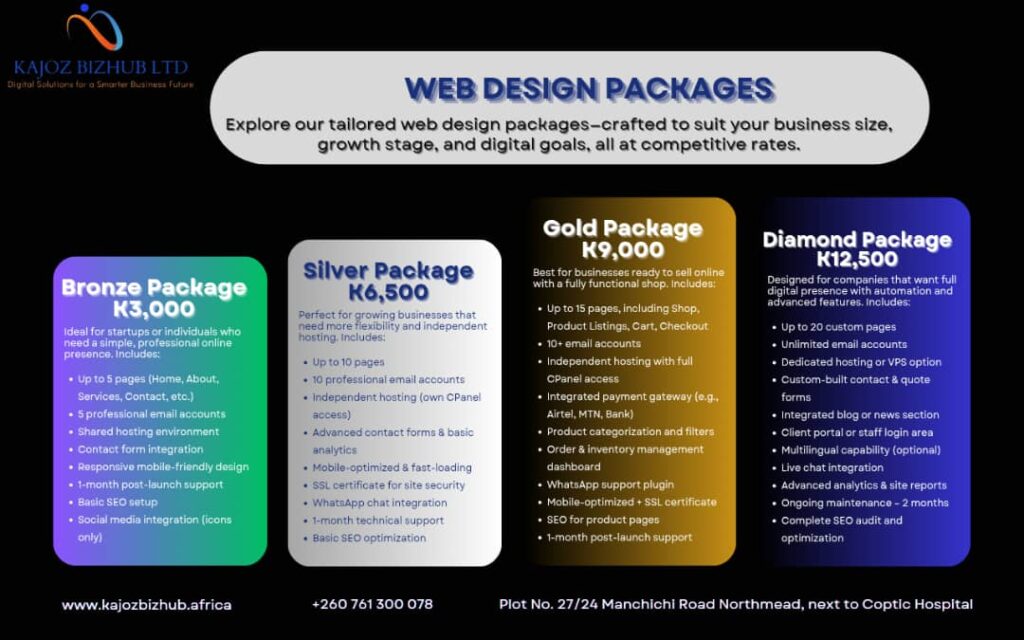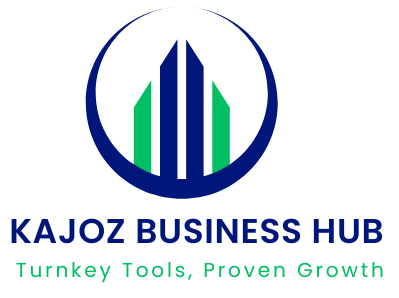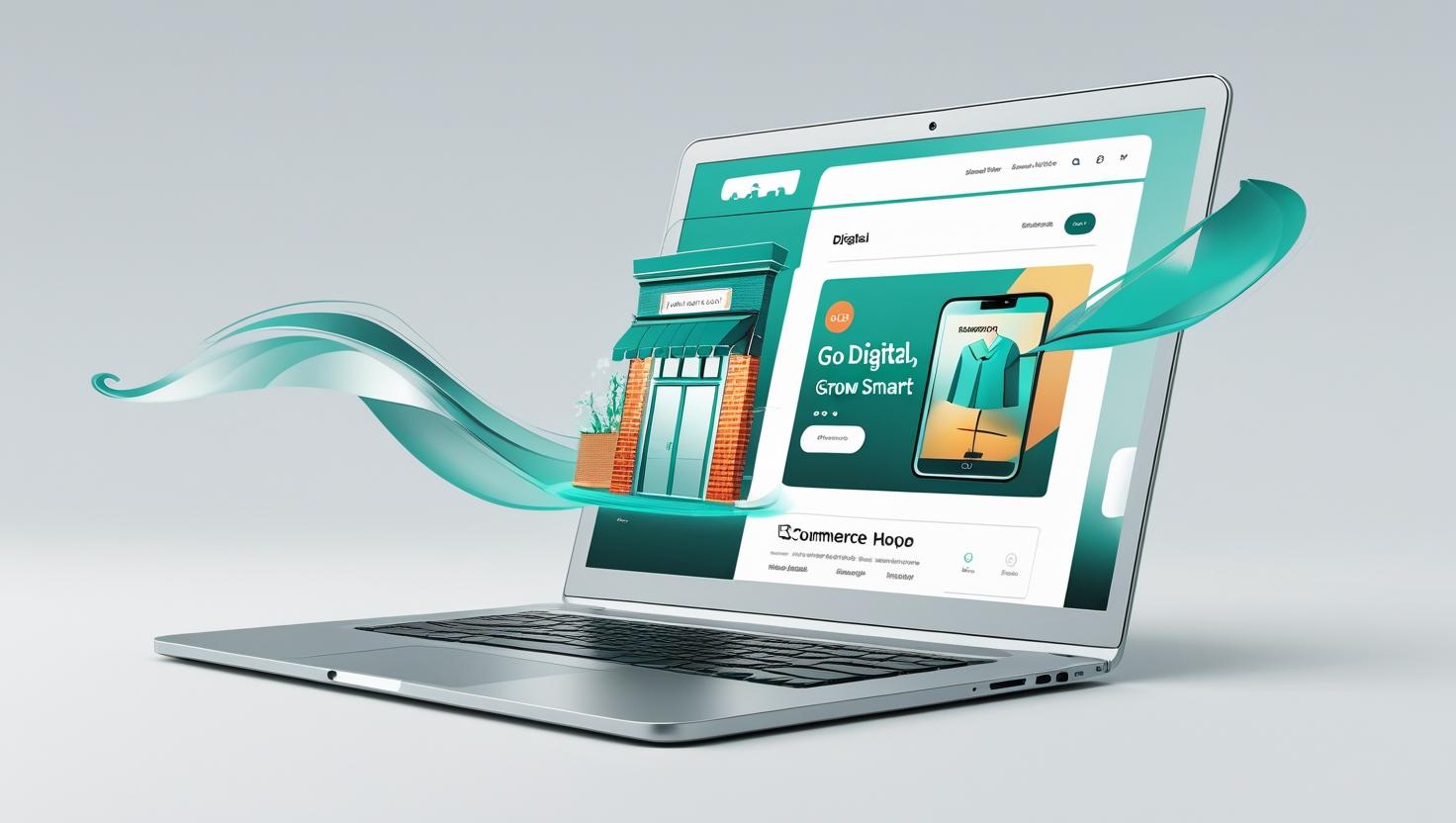How to Start Without Breaking the Bank
For many small and medium enterprises (SMEs), running a business feels like a daily hustle—managing staff, keeping customers happy, chasing payments, and trying to stay ahead of competitors. In the middle of all this, going digital might feel like a luxury or something reserved for big corporations.
But here’s the truth: businesses that don’t embrace digital transformation risk being left behind. Customers are online, payments are moving digital, and competition is scaling through technology. The question is not if your business should go digital, but how soon you can do it.
The good news? You don’t need millions of kwacha to get started. With the right steps, SMEs can unlock digital growth in affordable, practical ways.
The Power of Online Visibility
Imagine a potential client hears about your business. What’s the first thing they do? They Google you or check your social media. If they find nothing—or worse, if what they find looks outdated—you lose the opportunity instantly.
- A professional website acts as your 24/7 office, giving customers a place to learn, trust, and contact you.
- Social media platforms like Facebook, LinkedIn, or Instagram are now essential storefronts, not optional add-ons.
For SMEs, online visibility is often the difference between being taken seriously or being ignored.

Process Automation: Saving Time and Money
Many SMEs spend hours on repetitive tasks like invoicing, stock management, or manual record-keeping. This slows growth and increases human error.
With simple digital tools, you can:
- Automate invoices and receipts.
- Track sales and expenses in real time.
- Manage customer relationships more efficiently.
Automation frees you from the “busy work” so you can focus on growth.
E-Commerce Enablement: Sell Beyond Your Location
Today, your shop or office location should not limit your business reach. With e-commerce, you can sell to customers across Zambia—or even globally.
- Online stores allow customers to browse and buy anytime, anywhere.
- Mobile payments make it easy to transact in a cashless economy.
- Even simple WhatsApp Business catalogs can function as a starter e-commerce tool.
SMEs that embrace e-commerce expand their markets and reduce dependence on walk-in traffic.
Cybersecurity for SMEs: Protecting What Matters
Going digital comes with risks—data theft, fraud, and online scams. Many SMEs assume they are too small to be targeted, but the opposite is true. Hackers often target small businesses because they have weaker protections.
Key first steps for SMEs:
- Use secure emails (avoid free accounts for business).
- Protect accounts with strong passwords and two-factor authentication.
- Regularly back up business data.
Cybersecurity is not an expense—it’s insurance for your business continuity.
Affordable First Steps
The best part about digital business enablement is that you can start small and scale gradually. You don’t need a massive budget to see results.
Here are practical starting points:
- Step 1: Get a professional website with your company profile.
- Step 2: Move to corporate emails (e.g., info@yourcompany.com).
- Step 3: Digitize invoices, receipts, and customer records.
- Step 4: Establish social media presence with consistent branding.
- Step 5: Add e-commerce or automation tools as you grow.
By taking these small steps, SMEs can position themselves for long-term competitiveness without breaking the bank.
Case in Point: A Zambian SME Story
One local SME in Lusaka began by simply creating a professional website and shifting to digital invoicing. Within three months, they noticed two key results:
- They were receiving inquiries from clients they had never physically met.
- Their invoicing errors dropped, saving them thousands of kwacha in lost revenue.
This is the power of digital enablement—it opens doors that traditional methods simply cannot.
Final Thoughts
Digital transformation is no longer about being “modern” or “fancy.” It is about survival, growth, and profitability. SMEs that go digital don’t just compete—they thrive.
Every day spent delaying digital adoption is another day of missed opportunities, lost customers, and inefficiencies. The smartest SMEs are those that start now, grow steadily, and build digital resilience.

